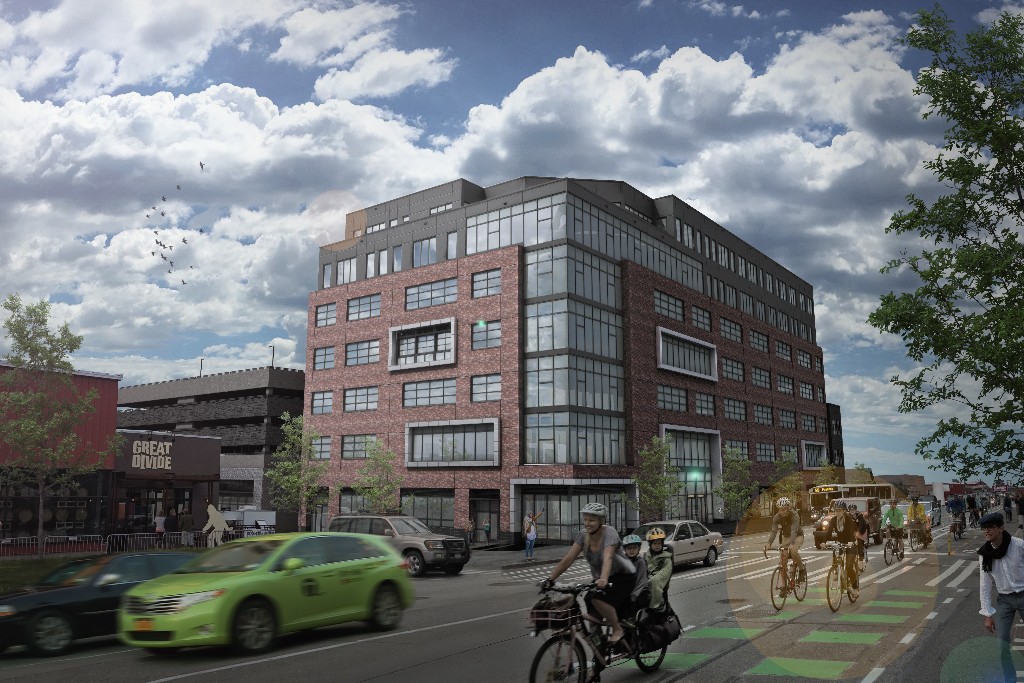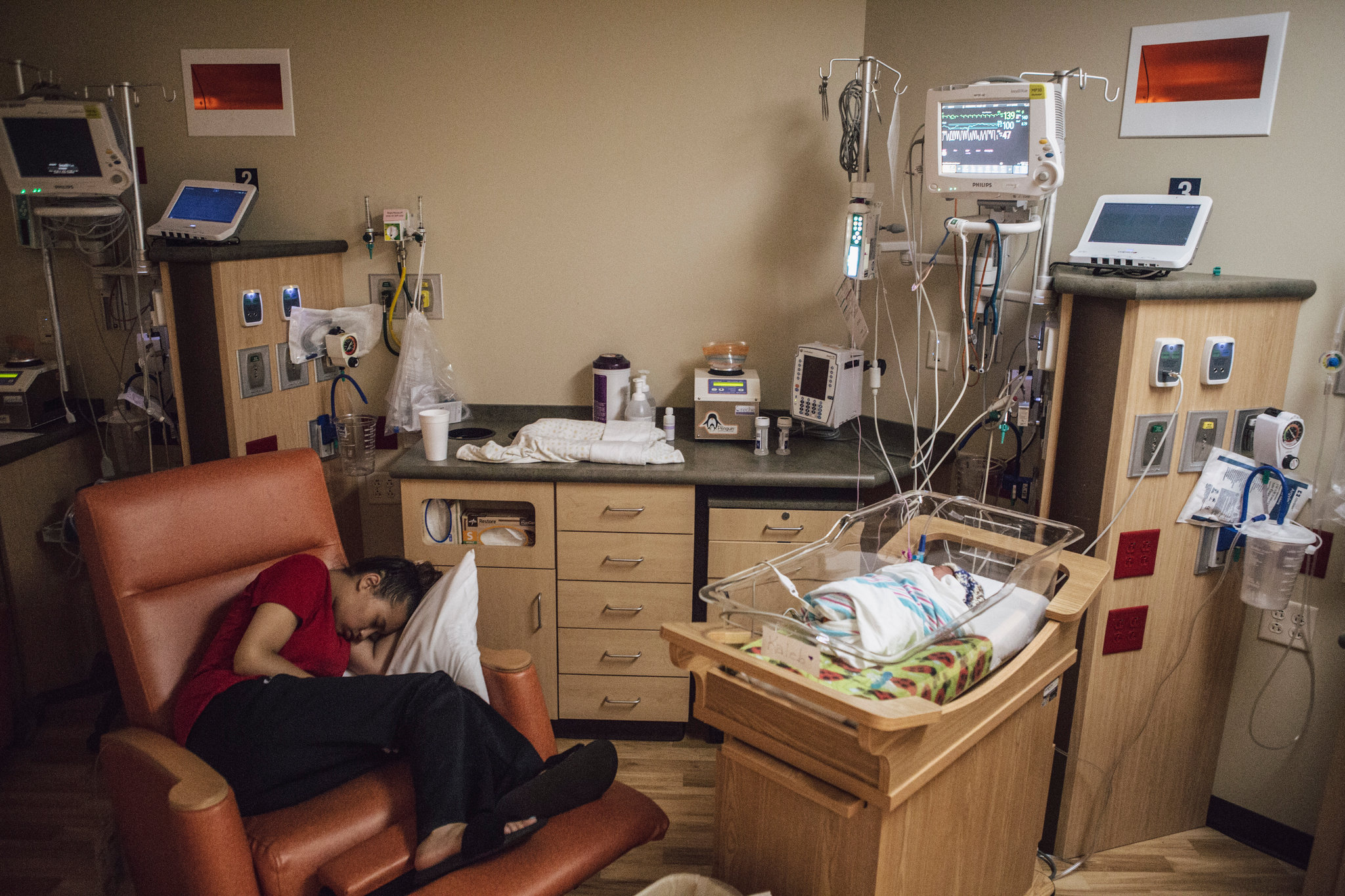In March 2018, Senator Cory Gardner spoke to locals in Alamosa about his plans combat the Opioid Crisis in Colorado. You can read the original post from the Alamosa Valley Courier here.
ALAMOSA — Meeting with staff and guests at SLV Health in Alamosa on Thursday, U.S. Senator Cory Gardner said he wanted to hear what is happening locally with the opioid crisis and how his office might be able to help.
“This is an incredible challenge,” Gardner said. “This is a significant public health crisis.”
Gardner spoke about two pieces of legislation designed to help deal with this crisis. The Comprehensive Addiction and Recovery Act, which has received more than a billion dollars in the past year and recently $500 million more, provides funding for prevention, education and other efforts such as promoting better tracking in an effort to eliminate “pill mills” that have overprescribed opiates.
The 21st Century Cures Act facilitates faster Food and Drug Administration (FDA) approvals of opioid treatments such as a new injectable medication introduced by Indivior that lasts for a 30-day period and helps prevent relapses.
Gardner (R) and Senator Michael Bennet (D) have also introduced SB2516, the Alternatives to Opioids (ALTO) “to get our hands around this crisis,” he said. It would direct the Secretary of Health and Human Services to conduct a demonstration program to test alternative pain protocols to reduce opioid use in emergency departments.
Also present on Thursday, Dr. Brian Shiozawa, regional director for Region 8 of the U.S. Department of Health and Human Services, which includes Colorado, said dealing with the opioid problem is the department’s number-one priority.
SLV Health CEO Konnie Martin said funding has made its way to the San Luis Valley “in very small doses” so far.
SLV Health is already implementing its own ALTO project, which is ready to become operational by May 1.
Martin and others in the room talked about measures SLV Health and its affiliates in the Valley have taken and are taking to reduce opioid use and provide alternatives to it.
Efforts include pain management contracts for patients with chronic pain, for example, and the hospital staff has updated those to make them more easily understandable for patients, SLV Health Emergency Room physician Dr. Megan Koenig said.
To make sure pain prescriptions are taken properly, those receiving such prescriptions must sign contracts that include such provisions as no refills for stolen or lost medication and urine tests before refills to make sure the person receiving the prescription is the one using it.
As part of its ALTO project SLV Health providers also recommend non-medication pain treatments such as physical therapy and acupuncture, pain management groups and referrals for other services such as behavioral health services. SLV Health also has strict internal security and monitoring for medications, Martin explained.
Koenig further described SLV Health’s ALTO project and acknowledged that while opioid prescriptions could not be entirely avoided there are other options to providing pain relief for patients. She said all departments have been cooperative, from the pharmacy to the emergency department, and providers themselves are re-educating themselves on alternatives to prescribing pain medications. She said there are four or five steps a provider must go through before writing an opioid prescription. One of those, for example, is checking the Prescription Drug Monitoring Program (PDMP), a database of patients’ prescription history. Access to PDMP is restricted, and the system is not nationwide yet.
Dr. Koenig said she wished she could access records nationwide, especially since she is seeing more patients that have moved here from other places.
She and Martin said PDMP is also limited to patient history, not provider history, so they could not find out if a provider was aggressively prescribing medications, for example.
Dr. Koenig stressed the importance of providing alternatives to patients.
“There are a lot of resources,” she said.
Dr. Donna Nelson, who attended Thursday’s gathering by phone, is a physician with the emergency department at SLV Health Conejos County Hospital. She is getting an ALTO program going there as well, and the staff is receptive to it. She added that they had already been limiting narcotics in the emergency department there for five or six years.
Senator Gardner asked Dr. Nelson where people are getting prescription drugs if the hospitals are not prescribing them as much. She said in the Valley there are still a lot of purchases on the street, although she did not know where the supply was coming from.
When the senator asked about heroin, Dr. Nelson said heroin has been prominent in the Valley for several years now.
“I couldn’t tell you where they are getting it,” she said. “It’s just as common as methamphetamines. I assume it’s very easy to get on the street because everybody’s using it.”
She said sometimes she also sees patients who overdose on heroin, and their drug screens come back positive for fentanyl, which is sometimes mixed with heroin and other drugs like cocaine.
Dr. Koenig added unfortunately this is all too common and that doctors know when a new drug supply has hit the Valley because they see patients with reactions to the new mixtures.
When asked about emergency and long-term substance abuse treatments, Dr. Koenig said many police are carrying Narconon; three providers are giving Suboxone with the goal of every clinic having at least one provider who can provide it; and a SHARRP (San Luis Valley Health Access Risk Reduction Project) clinic now offers services every Wednesday morning including a needle exchange.
Audrey Reich Loy, who directs SLV Health’s Primary Care Clinical Operations, added that there is also a methadone clinic here.
She said SLV Health can provide some outpatient treatment on a limited basis and she would like to see that expanded.
Loy said inpatient treatment is limited.
Dr. Nelson added that at the Conejos Hospital staff refer patients to groups like Narcotics Anonymous and Alcoholics Anonymous, and several of the AA meetings here also welcome those suffering from other addictions besides alcohol.
Donna Wehe, SLV Health director of communications, added that another treatment tool being implemented here is the LEAD (Law Enforcement Assisted Diversion) program that will assist defendants with options and resources other than incarceration.
Senator Gardner asked about marijuana in relationship to opioids. Kelly Gallegos, administrator for the SLV Health Conejos County Hospital, said that while some have said marijuana is the answer to the opioid problem, providers have found the opposite to be true. She said marijuana has contributed to the problem.
Martin added that too often people who have relocated here to be closer to legal marijuana have brought a myriad of other problems with them, and they have not been contributing members of the society.
“It stresses our system, and it stresses our community,” she said.
Dr. Koenig said there are patients who receive some benefit from marijuana use and are not abusing it.
Gardner asked SLV Health Interim Chief Medical Officer Dr. David Geiger, a surgeon, what legislation he would like to see at the federal level, whether it would mean more money or other resources. Geiger said money is always helpful, but the key is education regarding alternatives.
Loy added that another solution is to deal with the poverty that exists in many of the communities where people have turned to drugs.
Martin said, “This problem is huge … but the only way you are going to solve it is a piece at a time.”
It is like a puzzle, she said, where one piece at a time can be put in place to solve the bigger picture problem. She said SLV Health has shifted resources to make it a priority to implement the ALTO project.








